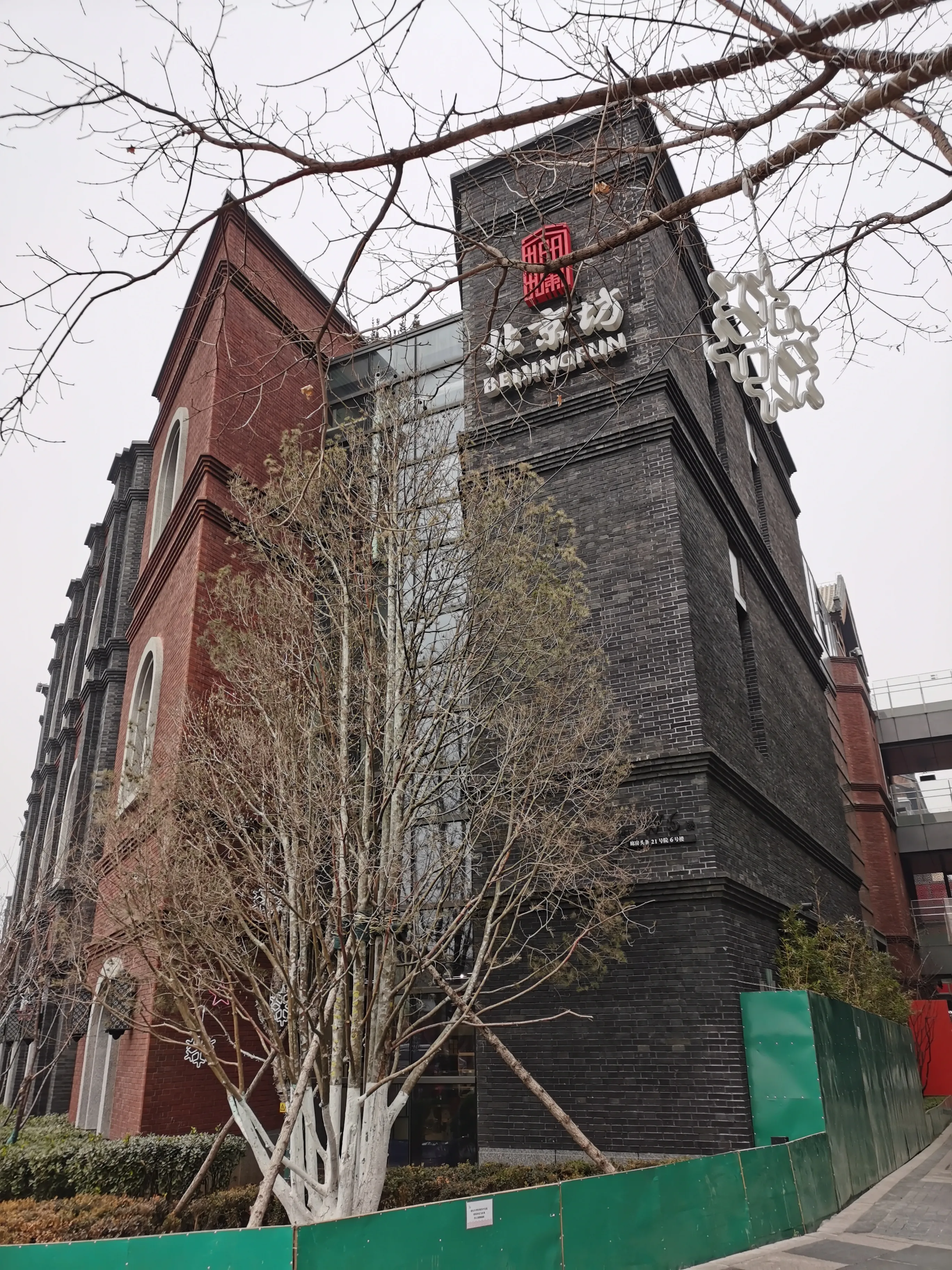Beijing Fang in the Dashilar area of Qianmen, Beijing
Beijing's Qianmen Dashilar area began in the Ming and Yongle years, prospered in the Qing Dynasty, reached its peak in the late Qing Dynasty and the beginning of the People's Republic, and became one of the three major commercial districts in Beijing after the founding of New China, one of the few historical and cultural blocks that have not been cut off by culture, and also the epitome of old Beijing. Located 800 meters southwest of Tiananmen Square, Beijing Square in the area is adjacent to famous cultural venues such as the Palace Museum, the National Museum of China, and the National Centre for the Performing Arts. Beijing Fang uses the old Beijing Persuasion Field, Qianxiangyi Silk Shop, the former site of the Bank of Communications, the former site of the Salt Industry Bank and other famous old buildings along the street, and expands to the west to Coal Market Street, the east to Jewelry Market Street, the south to Langfang Ertiao, and the north to Xiheyan Street, with a total area of 33,000 square meters and a construction area of 146,000 square meters. To create a "new landmark of urban culture" and a "Chinese-style life experience area" that combines history and modernity, the integration of Chinese and Western cultures, and the combination of mass consumption and cultural and artistic experience. After ten years of meticulous design and construction, it was completed in 2016.
The architecture of Beijing Fang is diverse, continuing the architectural characteristics of the Republic of China, integrating the chinese cultural core that runs through the ancient and modern and has rich connotations, and also adopts the characteristics of Western architectural styles, improving the ornamentation and experience of the building and enhancing the attractiveness. In terms of business layout, the introduction of international fashion brands and Chinese contemporary boutique brands, such as "Bureau Gas" shows The Chinese traditional catering culture, the "Yingyuan" experience store shows the classic British culture, the "MUJI" hotel shows the Japanese minimalist home culture, the Starbucks coffee culture, the PAGEONE bookstore and reading experience culture, the Manchester United Experience Center and football culture, as well as Poly International Cinema, Squeaking, Wan Qiantang, Zhou Brothers, Pinvite, etc. have been settled in Beijing Fang.
Culture is the soul of a country and a nation. Culture rejuvenates the country and prospers, culture is strong and the nation is strong, and cultural self-confidence is a more basic, deeper and more lasting force in the development of a country and a nation." Around the Spring Festival of 2022, Beijing Fang held a new life and new fashion New Year painting exhibition, through the excavation of traditional folk arts, with the unique perspective of New Year painting, telling the changes in people's lives from traditional society to modern society, vividly showing the achievements of civilization practice in the new era, reflecting the new face of urban and rural integration and development, depicting a new picture of the people's well-off life in the new era, and fully demonstrating the main theme of carrying forward the new era of endeavor.
